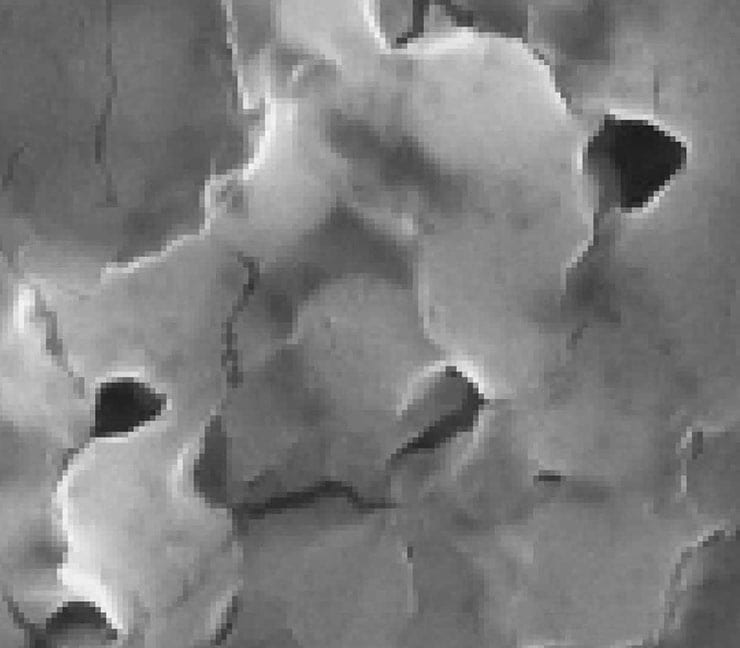Gold has always been a precious metal, but scientists are making it more valuable by using it as a tool to save military lives by serving as a biological defense protecting service members from bacteria-based pathogens.
Backed by the Defense Threat Reduction Agency (DTRA) Joint Science and Technology Office, scientists are embarking on a new nanomotor-based destruction strategy as a highly efficient and rapid bacteria-killing method. The strategy is based on coupling the antibacterial activity of lysozymes with the continuous movement of porous gold nanowires.
The research project, including principal investigator Dr. Joe Wang, his team at the University of California at San Diego and managed by Dr. Brian Pate from DTRA, demonstrated that effective rapid bacterial-killing lysozyme-modified fuel-free ultrasound propelled nanomotors are capable of preventing surface aggregation of dead bacteria while providing a significant increase in bacteria-killing capability.

Lysozymes occur in nearly every eukaryotic cell of most animal species and are part of the innate immune system. They are found in tears, saliva, mucous, egg whites and other animal fluids serving as a natural form of protection from gram-positive pathogens like Bacillus and Streptococcus. Functioning as digestion machines, lysozyme’s primary role is to attack peptidoglycans found in the cell walls of bacteria and break down or digest complex molecules such as sugars and proteins.
The research documents the first account that nanomotors can inactivate bacteria within a few minutes.
Demonstrated using M. lysodeikticus and E. coli bacterial models, the motion and increased surface area of lysozyme-loaded ultrasound-driven porous nanomotors in bacterial contaminated samples greatly enhance the lysozyme-bacteria interactions and bacterial-killing capability.
The recent insights into factors affecting performance of this new nano fighting bacteria-killing system will enable further development of novel antibacterial nanotechnology strategies. Spanning applications from combating infectious diseases to bacterial infections, these recent discoveries will provide the foundation for emerging capabilities in biodefense, food and water disinfection, and healthcare for in vitro and in vivo biomedical applications.
Source: Defense Threat Reduction Agency, adapted.



